Ground shipping is currently paused. Local deliveries throughout Long Island will continue as usual. Pre-orders for fall are now open. Non-local orders will begin shipping again in early September. Click here to learn more.
Ground shipping is currently paused. Local deliveries throughout Long Island will continue as usual. Pre-orders for fall are now open. Non-local orders will begin shipping again in early September. Click here to learn more.
| Common Name | |
|---|---|
| Type | |
| Family | |
| Native? | |
| Zone | 4, 5, 6, 7, 8, 9 |
| Height Range (ft.) | 30 to 60 |
| Spread (ft.) | 25 to 40 |
| Bloom Time | |
| Bloom Description | flowers in clusters, Small, yellow-green |
| Sun | |
| Water | |
| Maintenance | |
| Suggested Use | |
| Tolerate | |
| Attracts | |
| Growth Rate |
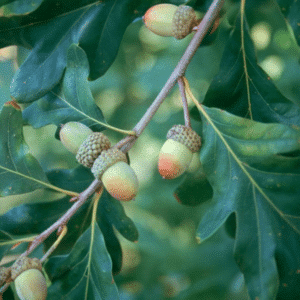
Sassafras albidum – Sassafras is a native tree with mitten-shaped leaves, fragrant spring flowers, and brilliant fall color. Ideal for wildlife gardens and naturalized areas.
$45.99
Please note: Sizes 1.5 Gallon and up can’t be shipped outside the counties of Nassau, Suffolk, and Queens.
Learn more about how the process works and how our plants are delivered.
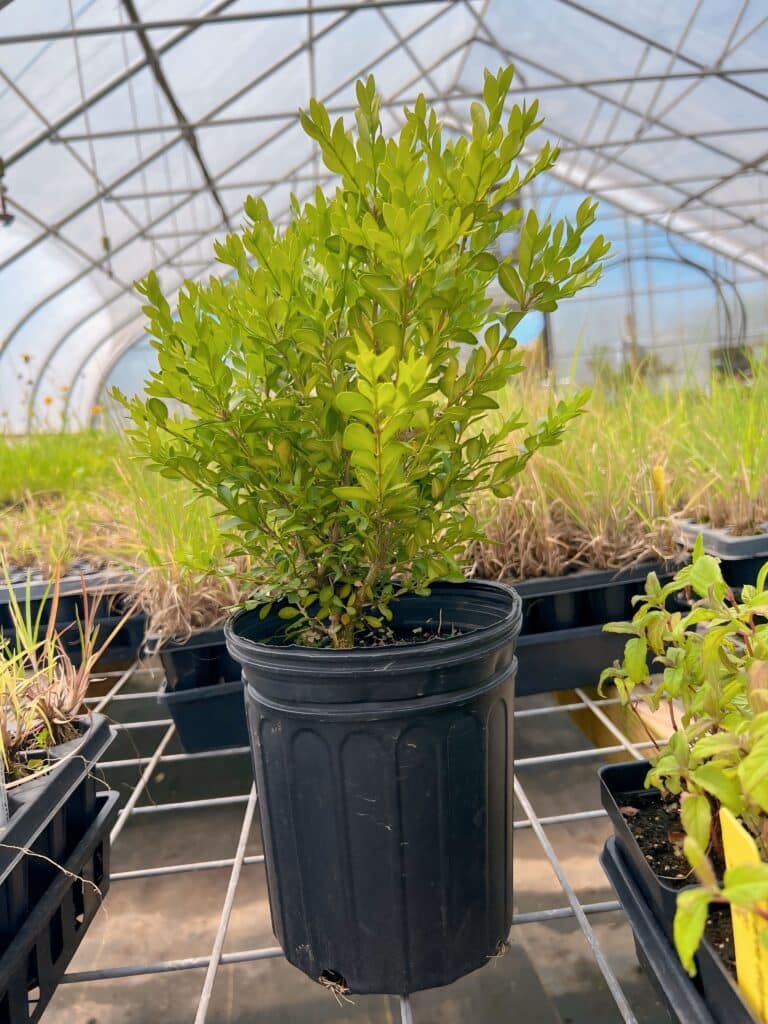

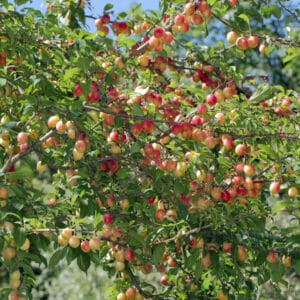
Ground shipping is paused due to summer heat. Only local delivery (Long Island & Queens) is available. Orders placed during the pause will begin processing September 1, and ground shipping will resume September 15.
| Common Name | |
|---|---|
| Type | |
| Family | |
| Native? | |
| Zone | 4, 5, 6, 7, 8, 9 |
| Height Range (ft.) | 30 to 60 |
| Spread (ft.) | 25 to 40 |
| Bloom Time | |
| Bloom Description | flowers in clusters, Small, yellow-green |
| Sun | |
| Water | |
| Maintenance | |
| Suggested Use | |
| Tolerate | |
| Attracts | |
| Growth Rate |
Sassafras albidum – Sassafras is a native, deciduous tree known for its distinctive, mitten-shaped leaves, fragrant yellow-green flowers, and spectacular fall color. This multi-season tree brings year-round interest to the landscape, starting in early spring with clusters of small, aromatic flowers that attract pollinators. In late summer, female trees produce dark blue fruits on bright red stalks that are a valuable food source for birds and wildlife.
Its foliage emerges bright green and turns brilliant shades of yellow, orange, red, and purple in the fall, often all on the same tree. Sassafras typically grows 30 to 60 feet tall with a narrow to spreading crown. It thrives in full sun to partial shade and prefers well-drained, acidic soils but is adaptable to a variety of conditions. The tree’s deep roots make it excellent for stabilizing soil, and its aromatic bark and roots have historical significance in herbal medicine and culinary use.
/5
Total reviews
|
|
Persons recommended this product
Anonymous
Shopper
check_circle Verified
Shop owner replied
Was this helpful
Anonymous
Shopper
check_circle Verified
Shop owner replied
Was this helpful
There are no reviews yet.
Be the first to review “ ”
Your feedback helps us improve our service.
Please log in to submit a review.
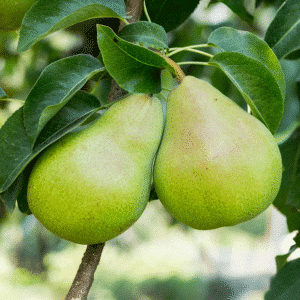
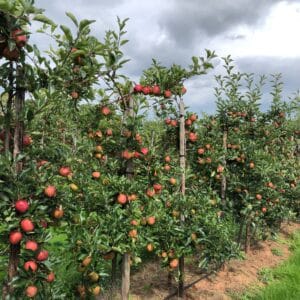

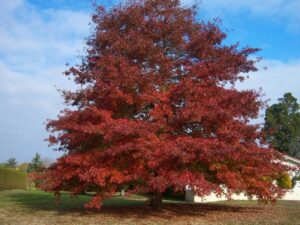

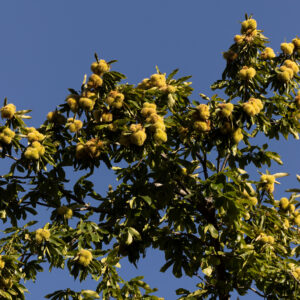

Sassafras thrives in full sun to partial shade and prefers moist, well-drained, slightly acidic soils. It can adapt to sandy or clay soils and tolerates dry conditions once established. It’s commonly found in woodlands, fields, and along roadsides.
Sassafras can grow as either a large shrub or a medium-sized tree, typically reaching 30 to 60 feet tall with a spread of 25 to 40 feet. It often forms colonies through root suckers in naturalized settings.
Sassafras has distinctive leaves, which can be unlobed (oval), mitten-shaped, or three-lobed—all on the same tree! In spring, it produces small, yellow-green flowers that appear before the leaves. Female trees bear dark blue fruits on red stalks, which are attractive to birds.
Yes! Sassafras fruits are a valuable food source for birds, and its leaves are a larval host for several butterfly species, including the Spicebush Swallowtail. Its dense growth also provides cover for wildlife.
No, it’s generally low-maintenance. It can spread by root suckers to form colonies, which may require management if you prefer a single-trunk tree. It’s pest- and disease-resistant but watch for root suckering if you want to maintain a tidy garden space.
Our gift cards make it easy to share the beauty of plants, flowers, and all things green. Whether for a special occasion or just because, give the gift of choice and let them select their favorites to create a garden they’ll cherish.
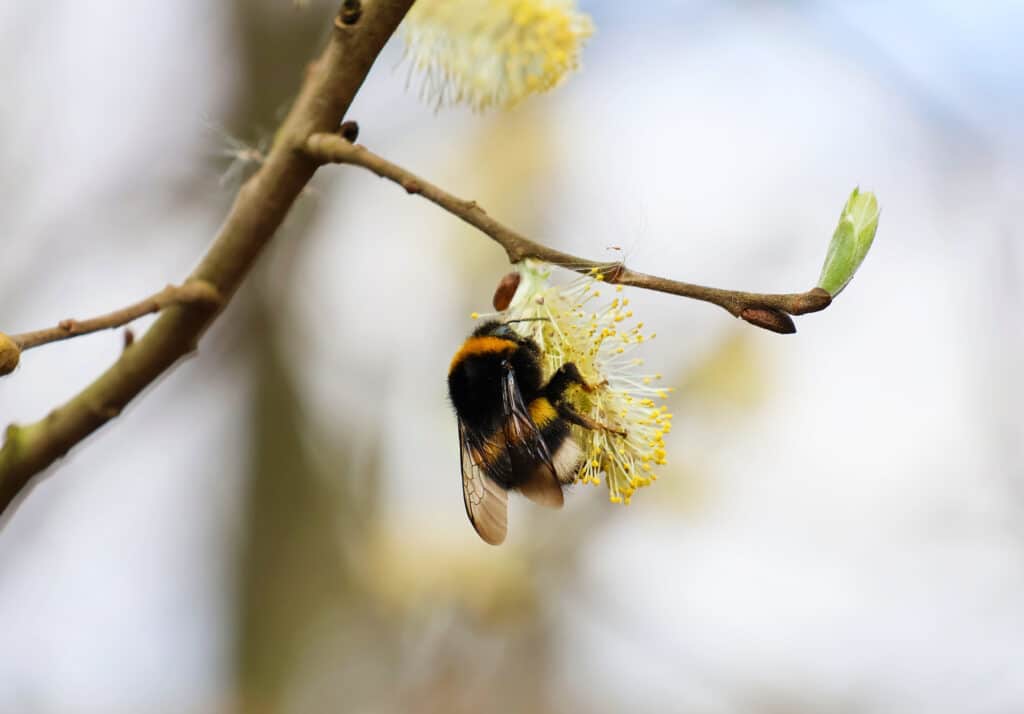
Only Local Delivery Available (Long Island & Queens)
Ground Shipping Paused
To protect our plants from extreme summer heat, we’ve paused nationwide ground shipping to avoid any damage during transit.
Local Delivery Only
We’re still delivering locally to Long Island and Queens, so nearby customers will continue to receive orders as usual.
Fall Pre-Orders Are Open Nationwide!
We will resume normal shipping for non-local orders placed during the pause in early September.
Thank you for your support and understanding—we’re looking forward to growing with you this fall!